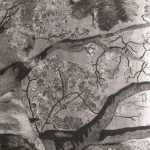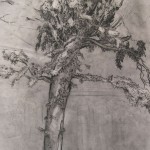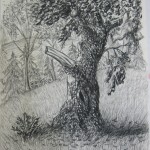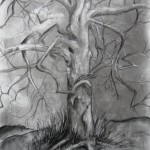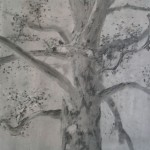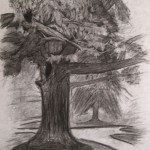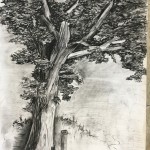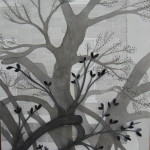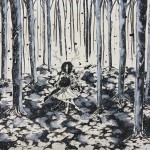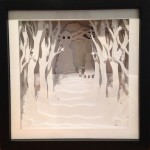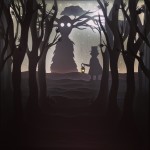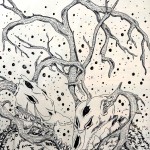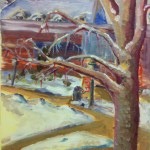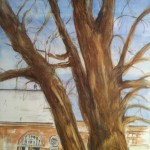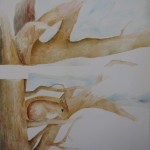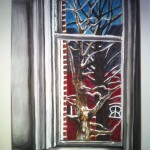- Liliy Gongaware
- Katrina Sheffield
- Taylor Stefanko
- Taylor Stefanko
- Katrina Sheffield
Study of a Tree Drawing 1 Aston
Research Assignment: Go to the library and find some books on landscape drawing. Make copies of at least 12 examples of tree drawings (not photographs or illustrations) that clearly show how the trees were drawn. For example, find various types of markmaking and shading; trees against the sky; trees in front of other trees; trees or plants in a landscape; trees close-up and in the distance; details of leaves, branches, bark, and roots.
Note: You may also print images from ArtStore or Google, but make sure they are able to print out at a high resolution so that you can see the markmaking. If you are not able to obtain high resolutions from the web, you must photocopy books at the library.
Objective: To experiment with various types of markmaking for rendering trees, leaves, and leaf masses. To use atmospheric perspective to convey an impression of distance. To improve drawing skills by studying the techniques of other artists.
Size and Medium: 18 x 24. Charcoal pencil on a light powdered charcoal ground.
Subject: A tree or trees against a background, drawn from observation.
Instructions: Find a tree with an interesting shape and branches that are clearly visible. Using a large, soft brush, lay down a light layer of powdered charcoal. From the research examples, find a drawing that resembles your tree, or one whose style you would like to copy, and attempt to draw your tree in a similar manner. You will need to experiment with different types of markmaking to find ways of rendering the various parts of the tree. You should not attempt to draw every branch and leaf on the tree, but try to find ways of suggesting mass and density as well as lightness and airiness. Both branches and leaves should vary from dark to light, depending on the situation. To show the effects of distance in atmospheric perspective, the parts closest to the picture plane should be darker or more precise than the objects in the distance.
